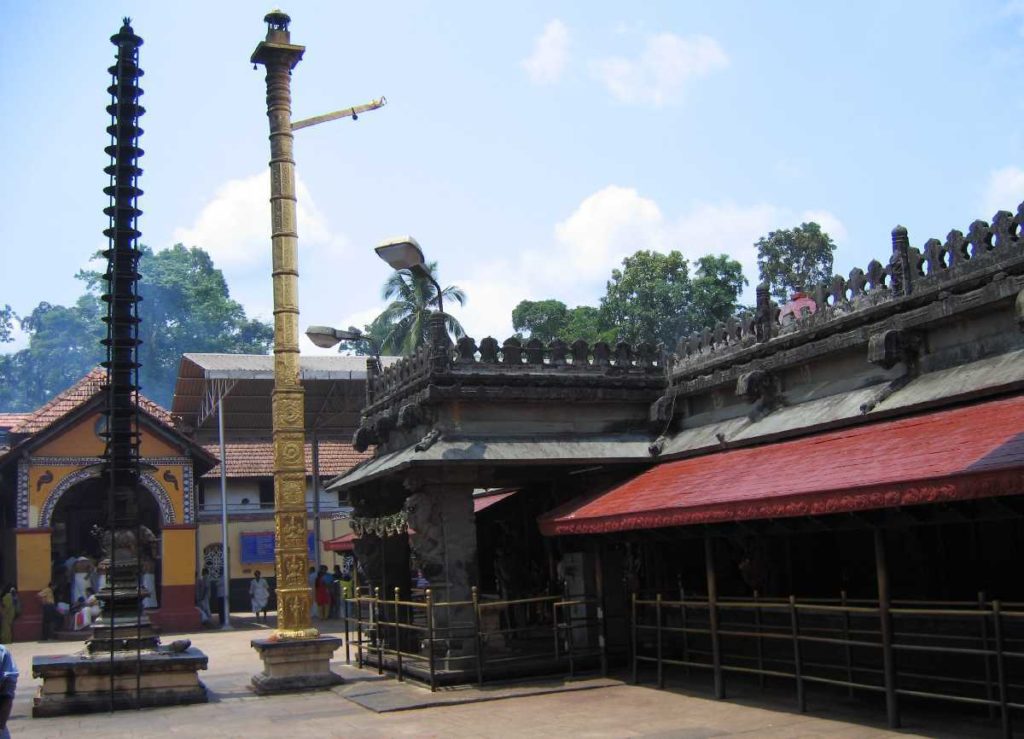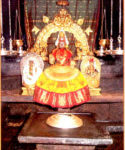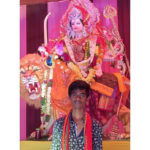
Today Open now UTC+5.5
05:30 AM - 01:45 PM
03:00 PM - 08:30 PM
-
Monday
05:30 AM - 01:45 PM 03:00 PM - 08:30 PM
-
Tuesday
05:30 AM - 02:00 PM 03:00 PM - 08:30 PM
-
Wednesday
05:30 AM - 02:00 PM 03:00 PM - 08:30 PM
-
Thursday
05:30 AM - 02:00 PM 03:00 PM - 08:30 PM
-
Friday
05:30 AM - 02:00 PM 03:00 PM - 08:30 PM
-
Saturday
05:30 AM - 02:00 PM 03:00 PM - 08:30 PM
-
Sunday
05:30 AM - 02:00 PM 03:00 PM - 08:30 PM


